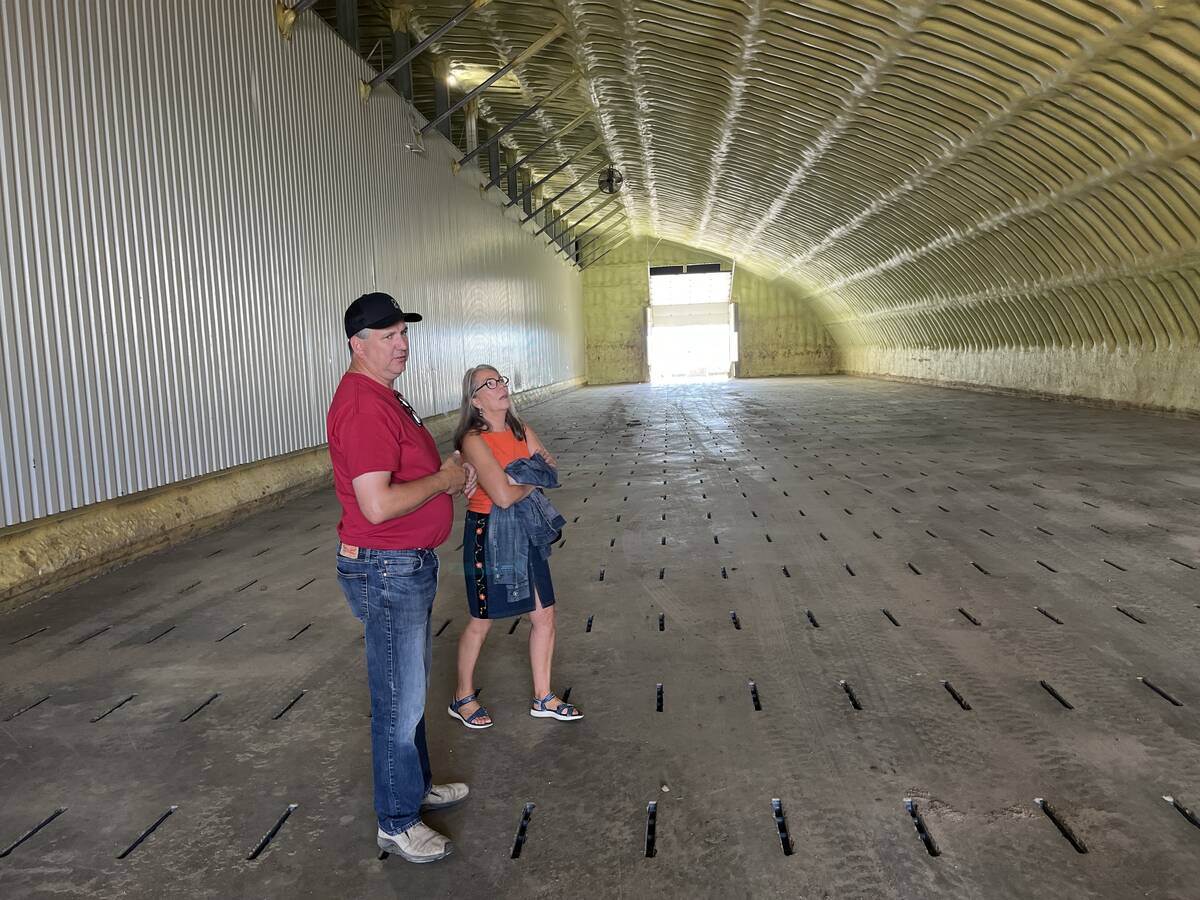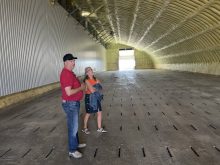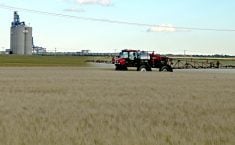MOOSE JAW, Sask. – Grasshoppers aren’t always the pests farmers might think.
Some are even considered beneficial because they prefer to eat weeds.
Of about 85 grasshopper species that appear in Saskatchewan, only a handful cause serious problems, provincial pest specialist Scott Hartley told a recent pulse growers meeting here.
About 10 of the species cause damage and only five or six of them cause most of that damage.
“Some are really just basically bird food,” Hartley said.
It’s helpful to be able to recognize the species to determine when you’ve got a problem, he said, although forecasts indicate only a few geographical trouble spots for 2006.
Read Also

Potato farm requires year-round management
The most recent Open Farm Day in Alberta showcased agricultural producers across the province educating the general public about the process that is required is to get food to their table.
Hartley suggested using a sweep net to capture the hoppers and identify them, aside from just looking at what’s hit your windshield.
The most dominant pest species is the two-striped grasshopper. It hatches in late May and can be brown, green or yellow-colored but is always recognizable by two black stripes down its legs.
The federal agriculture department and Saskatchewan Pulse Growers have produced a Grasshopper Identification and Control Methods booklet with photographs and descriptions of various grasshoppers, as well as information on whether they are pests.
The booklet also offers information about the pests’ impact on crops other than pulses.
Hartley offered some basic things to remember:
- Grasshoppers flying before June 1 are not pests.
- Pest grasshoppers hatch in late May or early June.
- Grasshoppers with coloured wings are not pests.
- Grasshoppers that sing, call, clack or clatter are not pests.
- Grasshoppers that are sitting in a crop on a warm dry day but not eating are likely just sunbathers.
- Grasshoppers that stay in rangeland or other grassland without moving into nearby crops probably aren’t of a species that will damage crops.

















